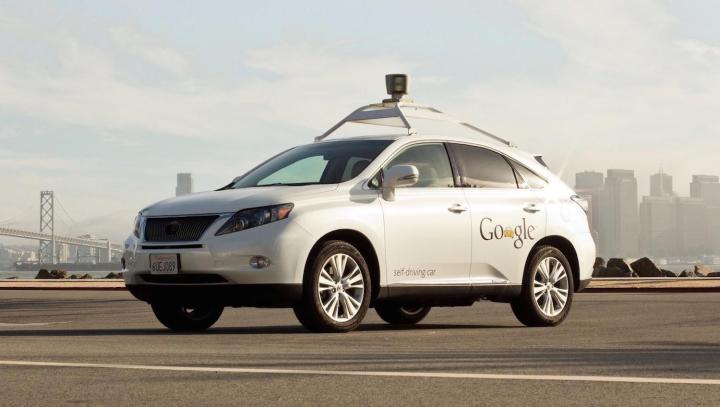
Google has announced it is positioning the vehicles in downtown Austin to “test our software in different driving environments, traffic patterns and road conditions.” The tech giant in its statement elaborated that, “we’ve loved how much Austin embraces innovation.” The city has attracted global events like South by Southwest, and Google Fiber and several other company offices are also in the city, so it likely wasn’t too much of an extension to setup vehicle studies there.
Austin is the first major city outside of Mountain View, CA where Google has tested its autonomous vehicles, although Nevada approved Google’s self-driving testers back in 2012 as well. During the driving experiments, two safety drivers will ride aboard the autonomous Lexus crossovers to take over in case of equipment error.
Google has obtained the approval of Texas Governor Greg Abbott, the Texas Department of Transportation, local police, and other authorities before commencing with the tests. That said, because Google didn’t alert the public or press before it launched the self-driving models, some residents wondered if the tests were even legal.
In terms of safety, Google’s cars have been involved in at least eleven accidents since the firm began testing them a few years ago, but Google claims each incident was minor and was not the fault of its autonomous software.
Google’s self-driving car project Google Plus page is full of residents from all over the U.S. inviting the tech company to perform testing in their states. How would you feel about driverless cars navigating your streets? Personally, I’d love it if Google offered ride-alongs, but something tells me the legal ramifications would prohibit such an opportunity at least for the time being.
Editors' Recommendations
- Tesla Autopilot vs. full self-driving: What’s the difference?
- Google is bringing Chrome browser to cars, even more EV features to Maps
- Watch out: Google Drive may have lost months of data
- Cruise’s robotaxi service suspended by California regulator
- Dubai Police to deploy driverless patrol cars with AI smarts


